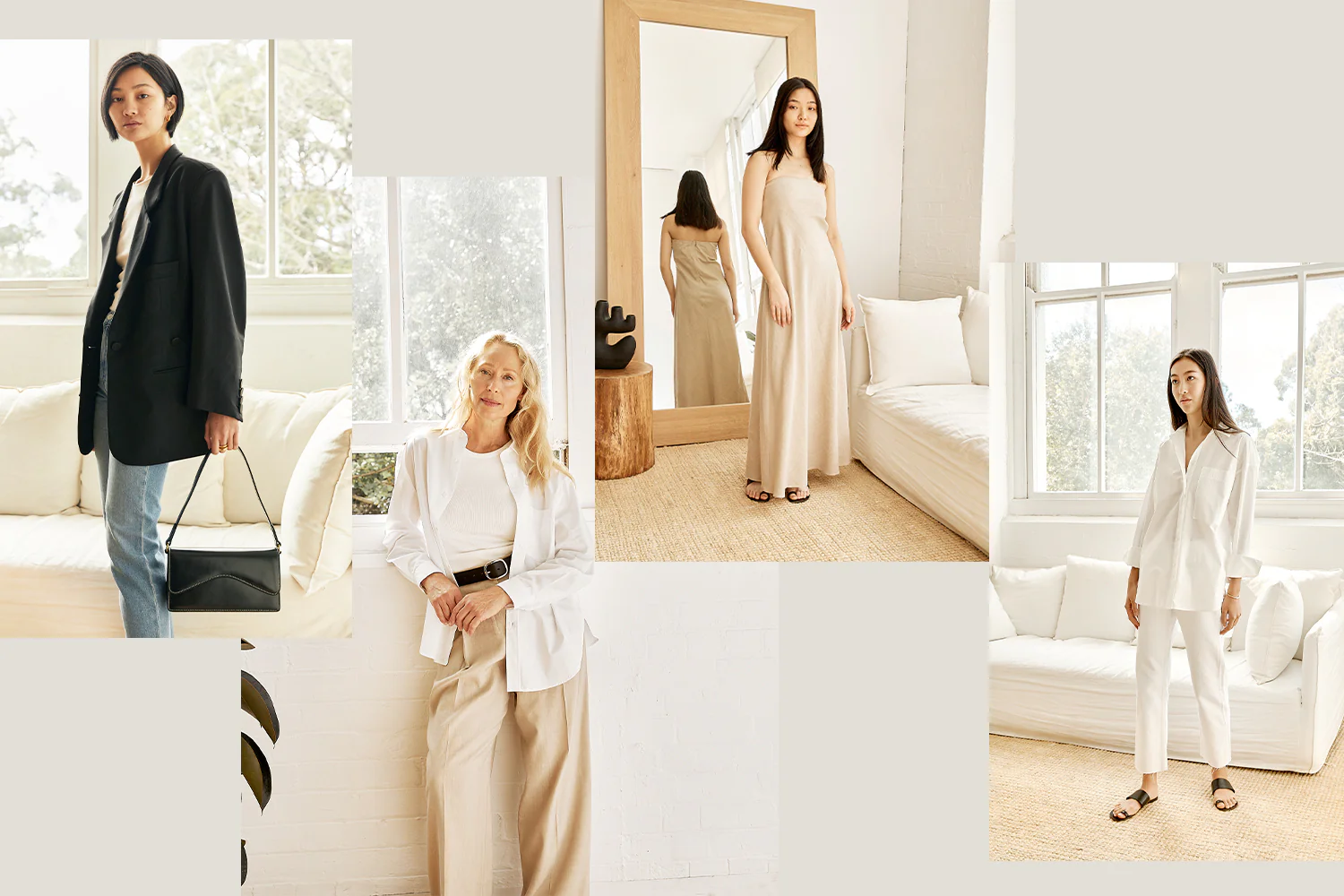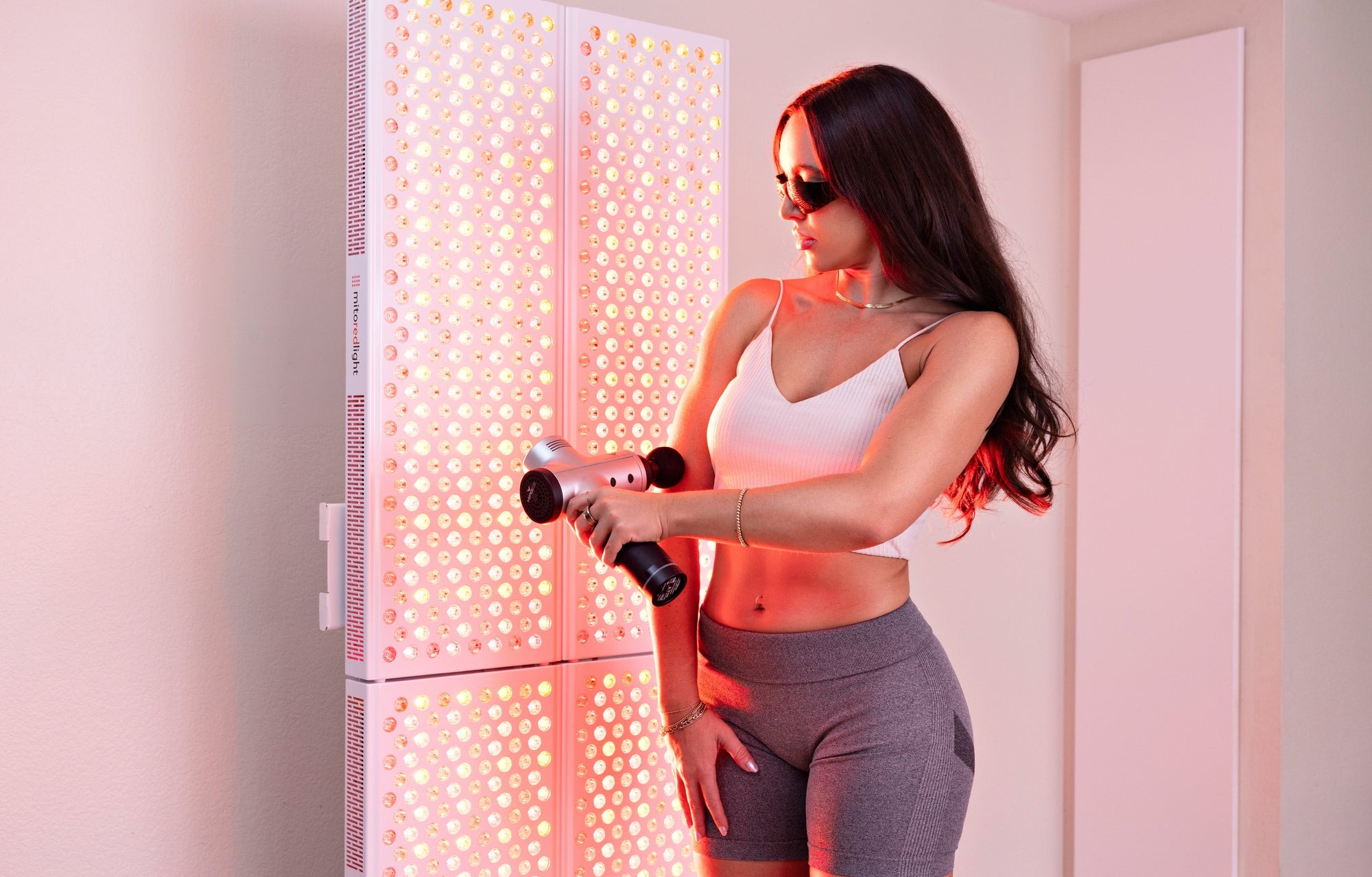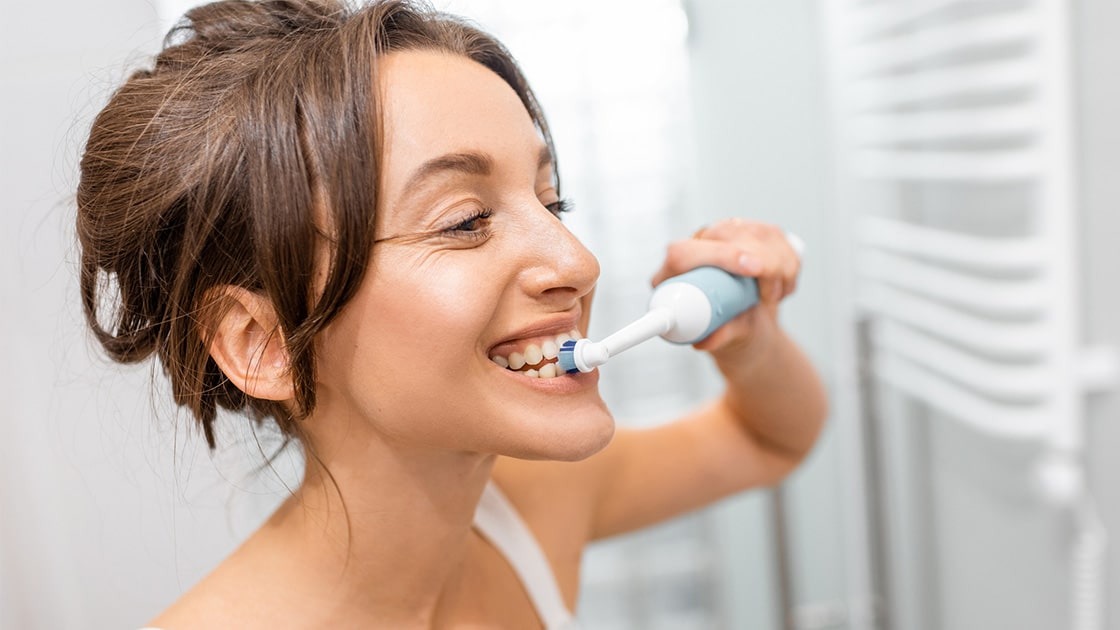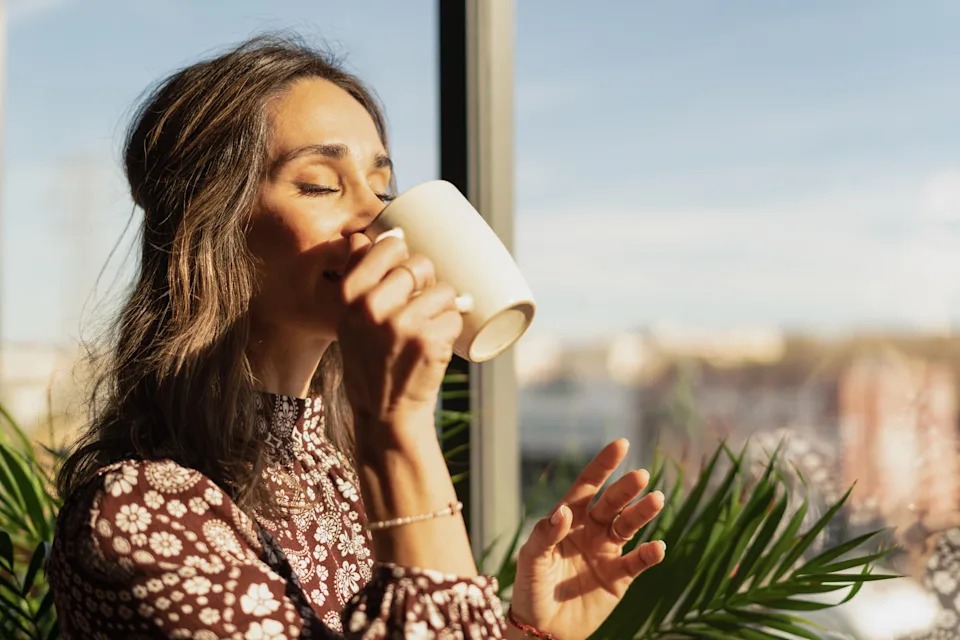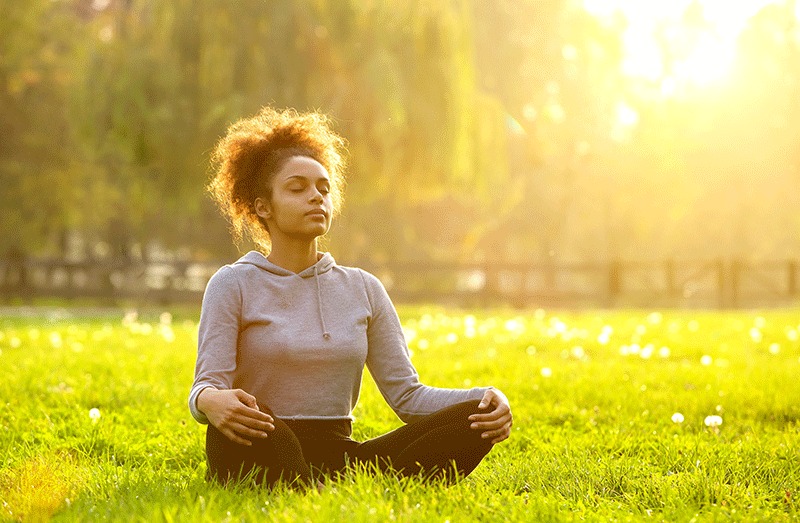
TV shows are watched by numerous people throughout the world, especially news segments, expert panel discussions, morning shows, and documentary interviews. They are a significant and effective opportunity for people to display themselves, preach their message to their desired audience, and build credibility regarding their stature. A good TV interview is highly dependent upon how well you have presented yourself visually, as your dressing plays a major role in how your audience perceives your words, and particularly on television, visual impressions are formed in seconds. Dressing, therefore, becomes an integral part of a TV interview.
In this blog, we are going to explore 5 effective strategies that you can employ to dress professionally and enhance the overall ambiance of your presence, ranging from clothes, to grooming, and accessories as well as factors such as lighting and comfort. By incorporating thoughtful preparation with meticulous planning and a sleek design, you can use your outfit to enhance your presence and confidence, making your TV moment a successful and memorable experience.
Understand the Interview Format and Setting
Before picking out an outfit, take a minute to think about the setup. Is it a live broadcast or a pre-recorded piece or are you going to be in a studio, at your workplace, or outdoors, and will you be sitting the whole time or moving around. These are all details that affect not only what you wear, but how comfortable and confident you’ll feel in it. For example, if you’re appearing on a formal, in-studio business segment, go for professional attire like a suit or a smart, tailored dress, but if it’s a relaxed morning show, a sharp business-casual look can work, as long as it still feels intentional and polished. Outdoor interviews bring their own challenges, so layering is smart, but keep it neat and camera-ready. Furthermore, think about the audience as well. If you are speaking to corporate professionals, students, families, or experts in your field, your outfit should speak their language. Dressing in a way that resonates with the viewers helps build a connection and makes you seem approachable and credible right off the bat.
Wear Colors That Work on Camera
Stick to Timeless, Tailored Pieces
When it comes to TV, classic always beats trendy. Clean, well-fitted clothing looks polished and won’t date your appearance if the interview airs later or gets shared online while structured pieces help you look sharp and confident, and they’re less likely to bunch or wrinkle in weird ways. These pieces can be tailored according to both men and women. For men, a fitted blazer with a button-down shirt and tailored trousers is always a great risk-free option to wear while women can try a structured blouse paired with trousers, a sheath dress, or a blazer and pencil skirt combo. Whatever you wear, make sure to choose fabrics that hold their shape and aren’t too clingy or prone to wrinkling. Moreover, don’t forget to check how the outfit looks when you sit down since that’s how most TV interviews are shot. If your blazer rides up or if your skirt shifts or creases awkwardly, then try sitting in front of a mirror or taking a video of yourself to check. You want to look just as put-together seated as you do standing so make sure this requirement is aptly met.
Prioritize Comfort Without Losing Your Style
Looking good is important but feeling good in what you’re wearing is just as crucial to giving a successful interview. If your outfit makes you itch, tug, or feel stiff, it’ll show on camera, while actions such as fidgeting or constantly adjusting your clothes can be distracting for viewers and throw off your confidence. You must make sure to opt for breathable and easy-to-move-in fabrics like cotton blends, ponte knits, or lightweight wool as these are materials that not only look polished but also let you move freely without any feeling of irritation. Moreover, stay away from stiff collars, tight sleeves, or anything that creases or rides up when you sit as they can make you severely uncomfortable throughout the interview. Before the big day, do a practice run in your full outfit by sitting down, crossing your arms, walking around, and even waving your hands like you might during the interview. If you can go through all those motions without giving your clothes a second thought and a distraction, you’ve picked the right look.
Polish Up Your Grooming and Hair
Even the sharpest outfit can fall flat if your grooming doesn’t match. Thus, clean, styled hair and well-kept nails are important essentials in your body wear as they make you look composed and camera-ready, while enhancing your confidence to speak in front of the camera and answer interviewer questions. Women must make slightly more adjustments in their styling by adding a bit of matte foundation or powder that can help with shine under bright lights. They can also add a natural lip color and smudge-proof mascara that will keep things looking fresh. Men, on the other hand, can incorporate blotting sheets or they can add a touch of translucent powder that can take down any shine on your forehead or nose. It’s subtle, but it makes a big difference on HD screens. If you're planning a haircut or color, don't do it the day before. Make sure to give it a few days to settle in as the goal is to look like your best self, and not like you just stepped out of a salon.
When you are dressing up for a TV interview, you do not just need to make sure you have a good appearance; you need to make it a strategic asset of your on-camera performance. If you wear the right outfit, and compliment it with the right accessories and tone, you can easily connect with your audience, and allow your expertise to shine and be displayed for the world to watch live on television. Make sure to plan your outfit well in advance, and ensure both comfort and style to make sure you deliver an impactful interview.

